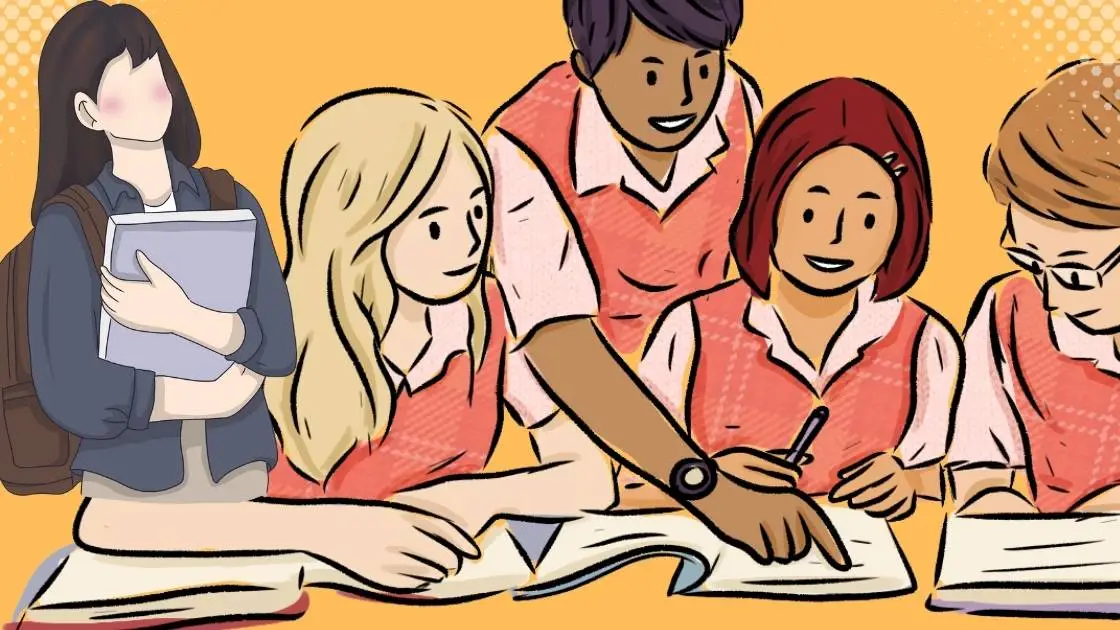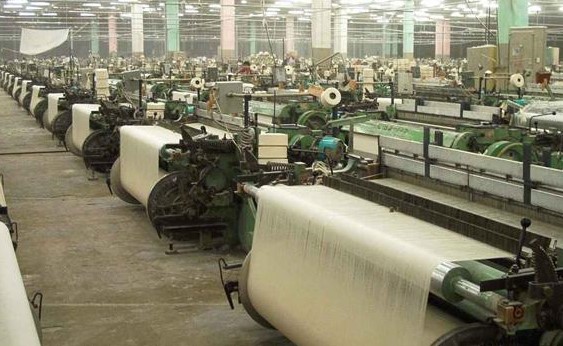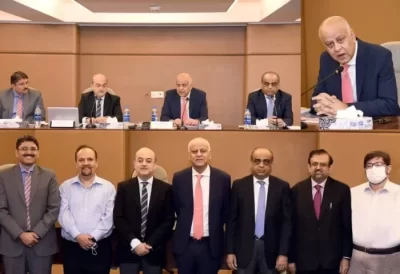High Grades and the Sorry State of Affairs of Public Sector Schools
By Fazal Haq
The recently declared results by various Educational Boards have opened a new debate regarding the massive failures and poor grades of the public sector schools in the country.
A majority of the segment of society is found criticising the teachers, administration, and some social media users citing some other bizarre causes behind it.
The said causes are not the only causes, albeit there are also some causes that are either ignored or unknown to social media users.
They simply criticise the teachers of the public sector schools which appears to be a one-sided picture of this saga.
One agrees with the fact that there is a dearth of “Specialist Teachers” in the public sector where every teacher can be assigned to teach English, Urdu, Social Sciences, and Pure and Natural Sciences.
The teachers are all-rounders whether they know it or not are assigned subjects to be taught by them.
To address this issue, the govt needs to hire specialist teachers instead of hiring jacks of all trades and masters of none. The govt must take initiative from the Primary up to Grade 12.
The second issue is on the part of the school administration who always don’t have sufficient funds to reward and facilitate students and teachers.
Is Online Education Learning in Pakistan Effective?
The same stick yard is used for teachers who serve in the public sector whether a teacher serves with great energy and spirit or not. Teachers’ morale boosts when they are rewarded.
A piece of paper for “The Best Teacher Award” can boost their level of energy. This behaviour of not rewarding reduces the spirit level of an energetic teacher. Students also suffer when they are not rewarded for what they strive for.
Deserving students need to be assisted financially. These things are found missing in the public sector schools of Pakistan.
The third issue is on the part of parents who never bother to take care of their children when they study in public sector schools.
The parents don’t invest in them that’s why they are least careful regarding their children’s future. Sometimes the students of the public sector are found in uniform doing one-wheeling, wandering, hiking, and playing games during working hours of school and college.
The communication gap is found here among the school administration, parents, and students. The administration of the private sector informs parents on time when their children are out of a class but this trend is in public sector schools and colleges.
The fourth issue is more worrisome for the public sector schools where a teacher is supposed to teach more than 120 students in a class.
In compulsory subjects, the number of students increases up to 200. In such a situation the quality of teaching is badly affected. The teachers spend a large chunk of time creating harmony in the 40 minutes slot.
Moreover, the teachers spend some time in attendance and maintaining discipline, etc. Whereas the number of students in a class is less than 50 in the private sector so they perform better.
The fifth issue is regarding poor infrastructure in the public sector which creates hurdles for the administration.
The population increases at a rapid speed and resources are limited. The rooms and teachers are insufficient. In the private sector, it is a “One Man Show” that does things on the spot whereas there is always a chain of command in the public sector.
Red tapism also reduces the pace of work which disheartens the schools’ heads and students.
The head can’t purchase anything unless they have funds and permissions from the top. Important paraphernalia and visual aids, essentials of labs, and books are found missing in the public schools which also hamper the progress and learning outcomes.
The last issue of high grades in exams in the private sector is highly vague. It is a sorry state of affairs that some invigilators at the behest of their interests allow students to copy and use illegal means to score high in exams.
The private sector also invests in invigilators who perform their exam duty as per the institution’s head’s whims which yield better grades in exams.
This trend is missing in the public sector where the head does not have any concern with it, as a result, the public sector schools lag behind.
To avoid nepotism and bring transparency to this complex system, the govt needs to assist the public sector schools in bearing fruits and encouraging this sector by working on the aforementioned suggestions.
The writer is an MPhil scholar who is pursuing his degree from Area Study Centre for Africa, North and South America, Quaid I Azam University Islamabad. He can be reached at F.haq307mail.com








